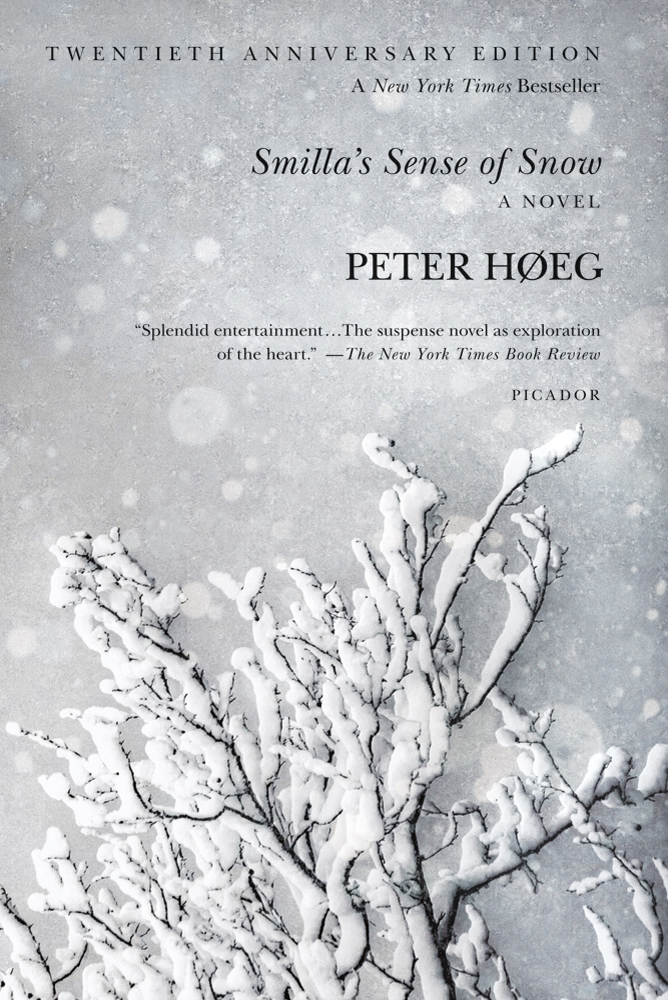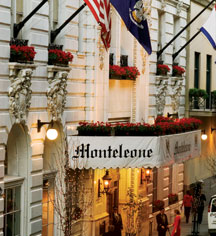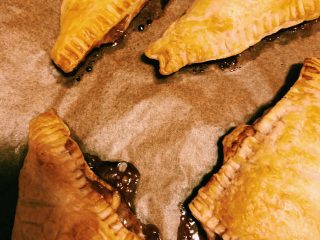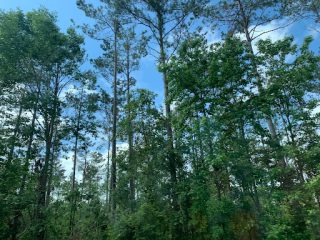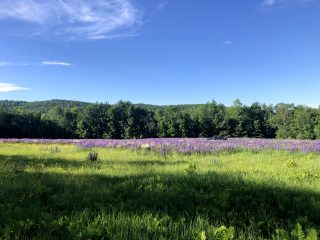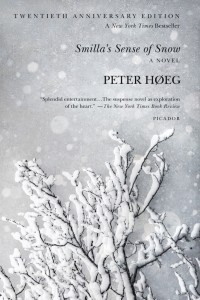 By Katy Kelleher
By Katy Kelleher
It’s an often-repeated fallacy that the Eskimos have one hundred words for snow. While they do have many ways of describing the weather, each name for precipitation means something specific—they have terms for the slushy mess that coats your boots with every step you take, and words for the light, airy snow that flirts with the wind before coming down to earth slowly. There are other words for thick wet snowflakes and dry, frigid droplets.
Linguist and anthropologist Franz Boas popularized this incorrect, yet rather poetic, idea. He believed that this was indicative of a certain way of viewing the world, a certain hierarchy expressed in language. Snow, he thought, was so important to people dwelling in the northernmost parts of the world that it would only make sense for them to have many different ways to verbalize the concept.
I admit I’m taken with the romance of Boas’ wrongheaded notion, but perhaps that’s just because I find snow itself—and the great white north—so fascinating. I long to travel to snowy regions and see the place where the ocean turns to thick, churning ice. But since I can’t hop a plane to Greenland, I do the second best thing: I read about it.
My newest literary obsession is actually not a new book at all. Smilla’s Sense of Snow was published back in 1992. Written by Danish author Peter Hoeg, the novel was translated into English and imported to America. It was met with quite a bit of critical (and popular) acclaim, even winning the Crime Writers’ Association Silver Dagger Award in 1992. As if we needed further evidence of the novel’s success, Smilla’s Sense of Snow was even made into a movie of the same name—though by most accounts, it wasn’t very good.
The book, however, is excellent. The story follows Smilla Jaspersen, a 37-year-old Greenlander living in Copenhagen. Smilla is a loner by nature, but there is one person in her life she feels a certain connection to, her precocious young neighbor, Isaiah. We are granted many glimpses into their sweet relationship through a series of flashbacks, for in the novel’s opening scene, it is revealed that Isaiah is dead, fallen off the snowy roof of their modular-style apartment building.
The police are inclined to view Isaiah’s death as an accident. Children do reckless things all the time, and his footsteps appear to indicate that Isaiah was alone when he plunged from the heights. Smilla, however, reads a different story in his snowy prints. She notices the texture of his tread, noting specific details about the way his feet must have fled across the roof. Isaiah wasn’t playing—he was running from something.
This single revelation sets of a series of events that bring Smilla out of her tiny, icy shell into the treacherous world of society. Her investigation into Isaiah’s death is met with resistance, leading her to conclude that she has stumbled on something much larger than the murder of a Greenlandic child. Though not a detective, Smilla has something of a superpower, which aids her in her quest for truth: Smilla can read the ice.
Sounds odd, but Smilla wasn’t blasted with radioactivity or thrown into a vat of acid, her super-sense is entirely scientific. She observes the smallest changes in ice and snow, and uses her vast knowledge of it to come to some rather unlikely conclusions. Each crystal, each snowflake tells Smilla a story about its environment. Every layer of ice holds another secret, and each floating glacier points to a greater truth. Even the clear, cold freshwater speaks to Smilla, whose mind is agile and open enough to hear what it has to say.
Smilla’s Sense of Snow is an incredibly entertaining novel, and I’m sure anyone who is a fan of mysteries would enjoy it. But for me, the best part was learning about the history and culture of Greenland. Hoeg deftly explores the many problems of the colonization of the island nation, weaving social critique and historical context into his text in a masterful way. I started the novel knowing nothing at all about the relationship between Denmark and Greenland, so it was a fascinating introduction to an uneasy history, somewhat analogous to America’s own colonial past.
Aside from the educational value of this particular thriller, I would argue that Smilla’s Sense of Snow also has a good deal of literary value. Hoeg writes beautifully. Even in translation, his respect for language shines through. Whether he’s writing page-long descriptions of the dense ice floes of the Atlantic Ocean or throwing the reading into an action-packed sequence, you get the feeling that this isn’t a writer who wastes words. Poetic at times, Hoeg’s prose is densely packed, full of information, action, and on occasion, luscious imagery.
If you haven’t already read it, wait until the first snowfall or really cold day, and get started on Smilla’s Sense of Snow. If nothing else, it will make our winters seem rather tame in comparison to the bone-chilling, dangerous arctic. And as every anthropologist knows, perspective is everything.

